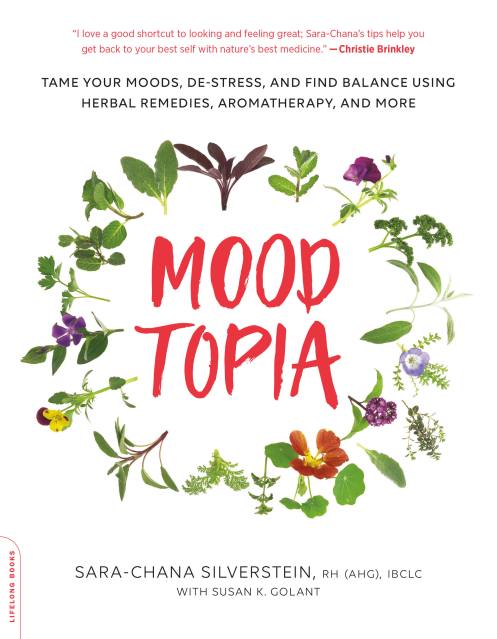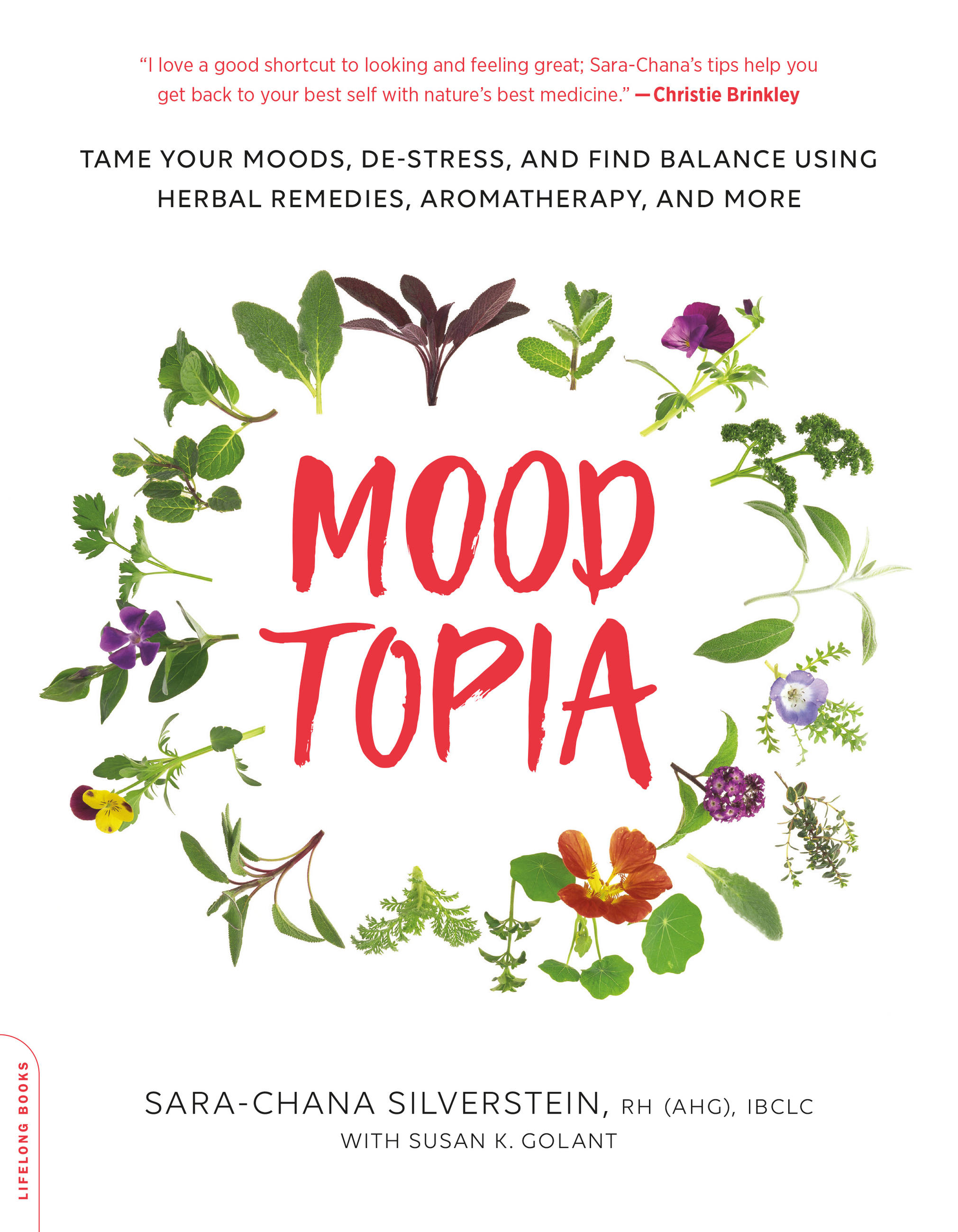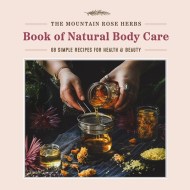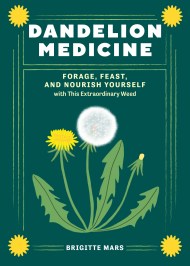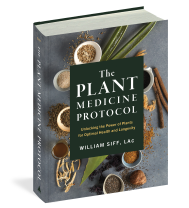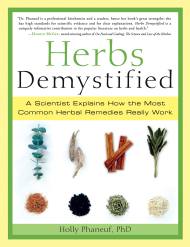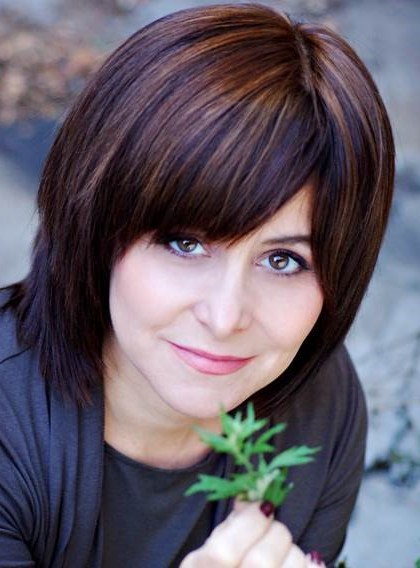Promotion
Use code MOM24 for 20% off site wide + free shipping over $45
Moodtopia
Tame Your Moods, De-Stress, and Find Balance Using Herbal Remedies, Aromatherapy, and More
Contributors
Formats and Prices
Price
$11.99Price
$15.99 CADFormat
Format:
- ebook $11.99 $15.99 CAD
- Trade Paperback $17.99 $22.99 CAD
This item is a preorder. Your payment method will be charged immediately, and the product is expected to ship on or around August 28, 2018. This date is subject to change due to shipping delays beyond our control.
Also available from:
What is Moodtopia? It simply means being in control of your moods so they’re not in control of you! Sara-Chana Silverstein should know. Go-to Master herbalist RH(AHG), and classical homeopath, Sara-Chana has walked thousands of women through a focused, natural regimen that nourishes their physical, emotional, and spiritual lives. Packed with hundreds of tools, tips, and strategies, Moodtopia is a practical, easy-to-use guide to herbs, adaptogens, aromatherapy, color therapy, feng shui, intuition, homeopathy and so much more. Sara-Chana shares the best natural remedies to help combat stress, anxiety, and promote peace of mind and general health. She shows how herbs and other natural approaches are a gentle way to enhance one’s emotional state without having to resort to antidepressants, anti-anxiety pills, or other medications that may have unwanted side effects. With an easy-to-implement 90-day program, Moodtopia teaches women to harness the power of nature coupled with their own inner strength to achieve optimal emotional and mental wellness.
Genre:
-
"Our moods regulate our biology and in turn our biological well-being regulates our moods/emotions. In this book, Sara-Chana Silverstein shows you how you can enjoy the experience of a joyful energetic body, a loving compassionate heart, a restful alert mind and lightness of being.Deepak Chopra, MD
-
"With all of the confusing mixed messages we get about how to manage and control our moods, Sara-Chana Silverstein has masterfully created a beautiful handbook for those of us looking to think outside of the box!"Mayim Bialik
-
"What a breath of fresh air! While the world may seem whirling out of control, there are simple daily steps, and natural remedies, easily within your reach that you can take to reclaim calm, peace, and joy in your life."Aviva Romm, MD, author of The Adrenal Thyroid Revolution
-
"I love a good shortcut to looking and feeling great; Sara-Chana's tips help you get back to your best self with nature's best medicine."Christie Brinkley
-
"Silverstein offers plant-based remedies designed to ease stress, soothe moods and support the liver, which, as the body's main detox organ, helps clear out noxious substances that can affect mental balance."Energy Times
-
"Like the best self-help books, [Moodtopia] takes case studies and the author's experience to create an illuminating read."Library Journal
-
"Sara-Chana captures tricky mood changes with authority. She lights a beacon for anyone seeking straight answers. Her emphasis on optimism and choice is right in line with her hard-nosed realism. Her Cycle-of-Sanity allows folks to use 'negative' feelings to get 'unstuck' quickly."Amanda McQuade Crawford, MA, Dip. Phyto., RH (AHG) founding member, ABC advisory board member, MCPP Licensed Marriage Family Therapist
-
"Packed from cover to cover with hundreds of tools, tips, and strategies...A practical, easy-to-use guide to herbs, adaptogens, aromatherapy, color therapy, feng shui, intuition, homeopathy and so much more."Midwest Book Review
-
"Silverstein offers a powerful alternative to pharmaceutical solutions. If negative moods keep interrupting your life, you may find relief by adopting the multidimensional approach taught in [Moodtopia]."Taste for Life
-
"[Moodtopia] will help you understand and take control of those roller-coaster emotions."Herbal Remedies
- On Sale
- Aug 28, 2018
- Page Count
- 256 pages
- Publisher
- Da Capo Lifelong Books
- ISBN-13
- 9780738220055
Newsletter Signup
By clicking ‘Sign Up,’ I acknowledge that I have read and agree to Hachette Book Group’s Privacy Policy and Terms of Use
